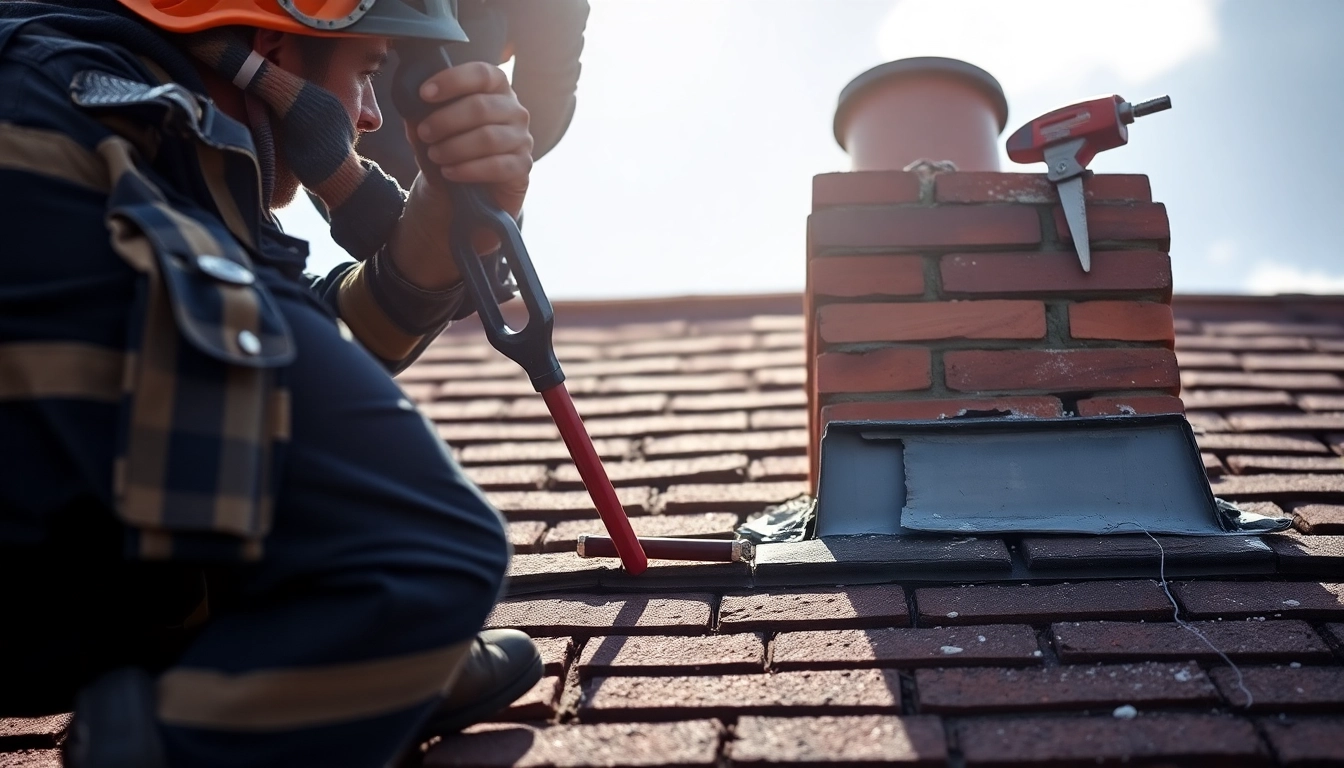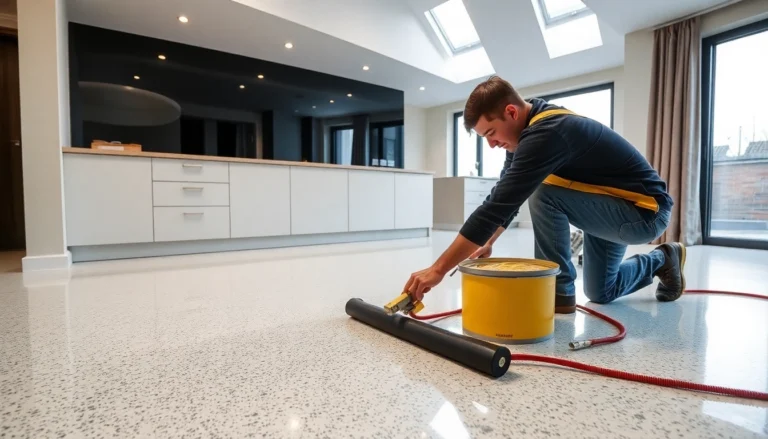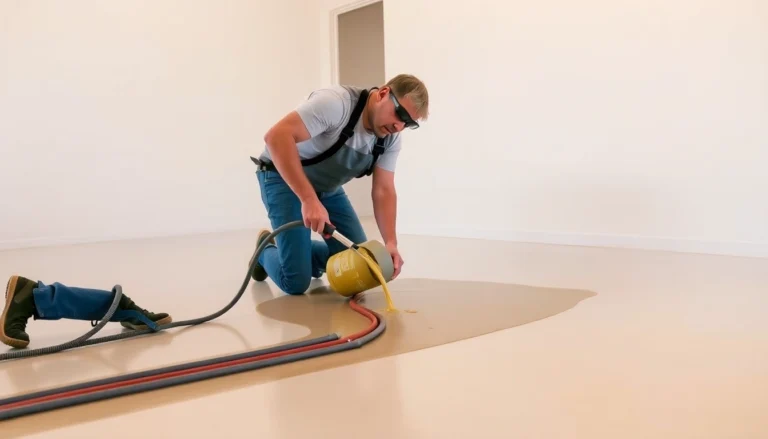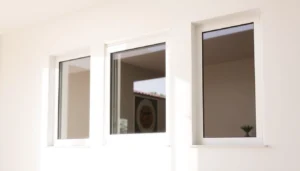Understanding Common Chimney Problems and Signs for Repairs
Chimneys are essential components of traditional and modern homes in the UK, serving both functional and aesthetic purposes. However, like all structural features exposed to the elements, they are susceptible to wear, decay, and damage over time. Recognizing when your chimney requires repairs is crucial not only for maintaining its functionality but also for ensuring the safety of your home and its inhabitants.
Common issues such as leaks, cracks, and blockages can compromise the chimney’s integrity, leading to more serious problems if left unaddressed. Additionally, weather damage, including storms, frost, rain, and wind, can accelerate deterioration. It is vital for homeowners to stay vigilant for early warning signs of damage, which can save significant costs and prevent hazards such as chimney collapse or carbon monoxide leaks.
For comprehensive guidance, visit chimney repairs to understand the scope of professional services available and how early intervention can safeguard your property.
Recognizing leaks, cracks, and blockages
Detecting issues begins with understanding common symptoms:
- Leaks: Water stains on ceilings or walls adjacent to the chimney, damp patches, or mold in nearby areas may indicate leaking mortar or cracked chimney caps allowing water ingress.
- Cracks: Visible cracks in brickwork or mortar joints are signs of structural stress, possibly caused by temperature fluctuations, shifting foundations, or storm damage.
- Blockages: Soot buildup, nests, or debris inside the chimney can reduce airflow, leading to smoke backup and increased fire risk. Bird nests or accumulated debris are frequent culprits.
Regular inspections and a keen eye for these signs are vital, especially after severe weather events. Qualified chimney specialists can assess these problems accurately, ensuring any structural defects are promptly repaired to prevent further damage.
Early warning signs of chimney deterioration
Beyond surface indicators, homeowners should watch for warning signs such as:
- Unusual odors emanating from the fireplace or chimney
- Unsteady or leaning chimney structures
- Cracking noises during strong winds
- Loss of mortar joints or visible loose bricks
- Decreased draft, leading to inefficient fireplace operation
Addressing these early clues with professional inspection can help avoid costly repairs later. A proactive approach helps extend your chimney’s lifespan and safeguards your property from potential hazards.
Impact of weather damage on chimney integrity
UK weather patterns can significantly impact chimney durability. Heavy rains can erode mortar joints, while frost causes expansion and contraction, leading to cracking. Storm-force winds may dislodge bricks or caps, and prolonged damp conditions promote moss and algae growth, which can weaken masonry.
Understanding the relationship between weather and chimney health underscores the importance of timely repairs and maintenance. Installing weather-resistant features, such as proper flaunching and durable caps, greatly reduces weather-related deterioration.
Essential Chimney Repairs and Maintenance Techniques
Repointing and relining methods for longevity
Repointing involves renewing the mortar joints between bricks, restoring structural integrity, and preventing moisture infiltration. Skilled masons use specialist mortar mixes that match the original composition, ensuring durability and aesthetic consistency.
Relining is crucial when internal damage or obstructions compromise flue efficiency. Modern relining techniques, such as flexible stainless-steel liners or fiberglass liners, provide a smooth, durable channel for smoke and gases, improving safety and efficiency. This process is vital in cases where the chimney has experienced rust, creosote buildup, or structural damage.
Replacing damaged brickwork and mortar
Damaged or cracked bricks must be carefully removed and replaced with matching materials. Mortar is cleaned out and replaced with mortar suited to the original, often lime-based for historic properties or cement-based for modern builds.
Precision in replacement ensures the chimney remains structurally sound and weatherproof. Neglecting to replace compromised bricks can lead to further deterioration, leaks, and costly reconstructions.
Flaunching and cap installation to prevent future issues
Flaunching, typically a concrete or mortar top layer, slopes away from the chimney to divert water and prevent pooling, reducing water ingress risks. A proper chimney cap, made from durable materials like stainless steel or copper, shields the chimney opening from rain, debris, and animal intrusion. These preventative measures are among the most effective ways to extend the lifespan of your chimney and reduce maintenance costs.
Choosing the Right Chimney Repair Experts in the UK
What to look for in qualified chimney repair specialists
Experience and accreditation are vital indicators of quality. Reputable chimney specialists should have:
- Proper certifications and memberships (e.g., National Federation of Roofing Contractors)
- Strong local reputation supported by customer reviews and testimonials
- Proof of insurance and adherence to UK safety standards
- Comprehensive quotes with transparent pricing
Furthermore, specialists with extensive experience in both modern and historic properties are better equipped to handle varied chimney types and issues.
Questions to ask before hiring a chimney repair company
Before engaging a contractor, inquire about:
- The scope of work and whether they provide written estimates
- Estimated project timelines and access requirements
- The materials used and warranties offered on repairs
- Previous project references or case studies
Comparing quotes and ensuring transparent pricing
Gather at least three quotes for comparison. Look beyond the price to consider the scope of work, the reputation of the provider, and included warranties. Clear, written agreements help avoid hidden costs and ensure both parties’ expectations are aligned.
Costs and Budgeting for Chimney Repairs
Average costs for various chimney repair services
Costs vary based on the size, extent of damage, and geographic location, but typical prices include:
- Basic cap installation: £150–£300
- Repointing work: £300–£1000, depending on chimney size
- Chimney relining: £1,500–£3,000
- Full chimney rebuilds: £4,000–£8,000 or higher for extensive repairs
Always request detailed quotes to understand what is included and ensure cost estimates align with industry standards.
Factors that influence repair costs
Variables include:
- Extent of damage—minor cracks versus structural failure
- Type of materials used, especially if historic or ornate bricks are involved
- Accessibility of the chimney, especially in tight or hard-to-reach locations
- Urgency of repairs—emergency work often incurs premium charges
- Location—urban properties may have higher labor costs
How to estimate and plan your chimney repair budget
Begin with a professional inspection to assess damage scope and get detailed quotes. Budget for unforeseen issues—damage can sometimes be more extensive than initially visible. Planning should include maintenance costs for future inspections, preventative measures, and possible upgrades, like improved flashing or caps.
Preventative Care and Long-term Maintenance for Chimneys
Regular inspections and seasonal checks
Annual inspections by qualified chimney engineers can identify early signs of deterioration. After harsh weather seasons in the UK, such as winter storms, a thorough check ensures that moisture ingress, mortar deterioration, or storm damage is promptly addressed.
Tips for prolonging chimney lifespan
- Install effective waterproofing solutions to prevent water ingress
- Use high-quality caps and flaunching to prevent debris and weather damage
- Schedule routine cleaning and sweepings to reduce soot and creosote buildup
- Address minor issues immediately—cracks, loose bricks, or damaged mortar
- Consider structural reinforcement if the chimney shows signs of movement or leaning
When to consider complete chimney rebuilding
If inspections reveal extensive structural failure, cracking spanning the entire height, or safety hazards, rebuilding may be necessary. This is a last resort after attempts at repair and reinforcement have proven insufficient. Rebuilding ensures stability, safety, and compliance with current building standards, securing the long-term safety of your home.








